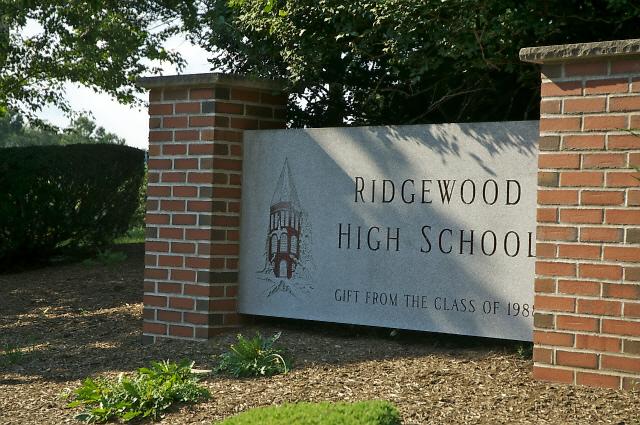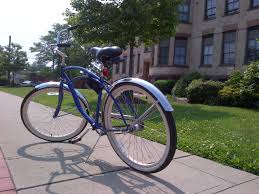
Annie Holmquist | June 29, 2015
We’ve all winced at the numbers. U.S. students rank 17th, 26th, and 21st on the reading, math, and science portions of the PISA exam – well below many of their international peers.
But even while we recognize that these numbers are bad, many of us secretly reassure ourselves that such is not the case with the local schools which our children attend. Surely the American children struggling to keep up with the rest of the world are in other communities besides our own, right?
Not necessarily. As recent test scores demonstrate, students from well-to-do suburban and rural areas might not be doing as well as we imagine.
A case in point is the Kettle Moraine school district, located on the outskirts of Milwaukee. The district’s superintendent describes Kettle Moraine as “‘a very good school district.’” In this district, “only about 10 percent of the 1,300 students at Kettle Moraine High qualify for free or reduced-price lunch, and about 90 percent are white.” And with the high graduation rates and ACT test scores which many of its students achieve, one would have to agree that Kettle Moraine’s students seem to be ahead of the pack.
However, Kettle Moraine recently had the opportunity to take the OECD Test for Schools, an exam which channels the official PISA test, but adapts it for individual American schools to see how competitive they are on the global stage. As it turns out, students from the high-achieving Kettle Moraine district weren’t leading the global pack in a key area. They were behind.
https://www.better-ed.org/blog/even-best-american-schools-can%E2%80%99t-compete-globally

















